Having a poorly trained dog can lead to several consequences for the owner and animal alike. Dogs are commonly referred to as man’s best friend, and this is largely due to their loyalty and the ability of humans to train them to respond to commands.
This ability to learn illustrates just how intelligent dogs are as animals. Still, there are several reasons why you should consider training your dog beyond the simple fact that they will be able to respond to your voice (as useful as this certainly is).

There are many different approaches to training dogs, and each method carries its own benefits and drawbacks.
The best option for you will depend on your individual circumstances and the dog you own but always refer to the professionals of the company like Camelot Dog Training so you choose the best option. Most training regimens revolve around positive and negative reinforcement to encourage or discourage particular behaviours as necessary. Positive reinforcement involves rewarding the dog whenever it performs a task or responds to a command correctly.
On the other hand, negative reinforcement involves administering a light punishment to the dog to dissuade them from repeating particular behaviours or incorrectly following commands. Some methods emphasise withholding positive reinforcement rather than dishing out any negative reinforcement. Training can also occur in a one-on-one setting or as part of a group of other owners and their dogs.
Several celebrity dog trainers and handlers have popularised purely positive reinforcement. It appeals to many people who find the idea of using negative reinforcement to be cruel in some way. It is worth noticing that the negative reinforcement used is gentle and not cruel to the dog. However, there is increasing evidence that it might be unnecessary, leading to an increasing number of new owners embracing the positive reinforcement doctrine while paying no attention to the notion of negative reinforcement.
Untrained Dogs Are More Dangerous
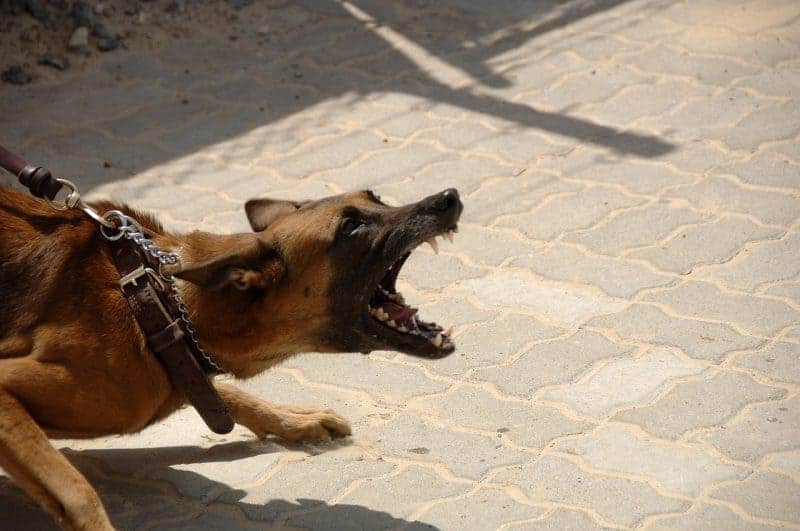
A dog that hasn’t been trained is inherently harder to control, partly because it cannot be recalled or controlled using simple commands, but also because a lifetime of not receiving direction from their owner means that they develop and fall back on bad habits. The more time dogs spend around people, especially when they are working together for training, the more used to it they will become and the better they will react when confronted with people they don’t know.
Most dogs will not have any issues with strangers, although sometimes when they are younger, they can become excitable, and their enthusiasm can be misconstrued as aggression. The ease with which misunderstandings regarding a dog’s behaviour can occur is, therefore, another good reason to consider investing in training for your pet. If your dog is obedient and can always be recalled, if their behaviour does worry other people, in particular young children, then it is easy to call them away rather than risk people becoming overly protective and lashing out at your dog.
Untrained Dogs Form Weaker Bonds

Having a well-trained dog means having a loyal dog. The training process brings dogs closer to their owners and learning how to respond to verbal commands. They will also pick up on subtle visual clues and learn to interpret their owner’s moods and words. Many dogs are afraid of loud noises, so inevitable thunderstorms and fireworks displays can cause distress. It is not entirely unheard of for dogs in such a situation to bolt out of the house in fear.
A dog that has been well trained is far less likely to exhibit this behaviour as the bond and security they feel with their owner should overpower any feelings of fear arising from these loud and unusual noises.
If you get your dog when it is a puppy, then, of course, you will develop a bond with it simply by treating it well and nurturing it as it grows. However, it is still the case that investing in training will help to solidify and build on that bond effectively. In fact, the bonds developed simply from owning a pet are much more tentative than many people realise. While nurturing, feeding, and walking the animal is obviously very important, these in themselves are rather limited interactions.
On the other hand, training involves a prolonged process that encourages a very particular form of communication between you and your pet. Through this communication, a much stronger bond can be developed.
Your Dog Will Be More Confident

Having a well-trained dog will make you much more confident as an owner taking it into areas where good behaviour is required. It is a general rule that whatever you feel, your dog will also feel, especially as they get older and develop a greater bond. They develop the ability to pick up on subtle clues in body language and tone of voice that let them know our current emotional state. Dogs can be surprisingly human-like in how they react to our moods, although they are usually more empathetic, i.e. more likely to take on the same mood as their owner than people are. This means that your increased confidence will rub off on your dog, and they, in turn, are much more likely to remain well behaved and docile when you require them to be.
Many dog owners walk their dog on a leash to retain control and keep their dog from making any sudden moves towards roads and other sources of danger. After some training and a lot of experience walking together, many owners discover that this is no longer necessary. The dog has gained an understanding of where it should and shouldn’t walk. Of course, it is unwise to test this theory if you are not confident in your own dog’s ability to remain out of harm’s way. Still, it is something worth noting as evidence of how dogs can take on increasing confidence and independence as a result of training.
Training Makes Dogs and Owners Happier
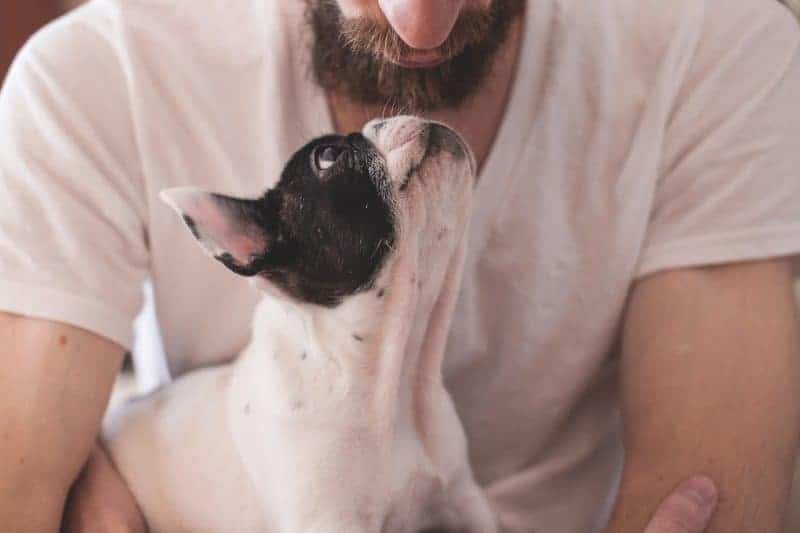
Training has a positive effect on both the dog and its owner. There are several reasons why this is the case; the aforementioned development of a strong bond between pet and owner plays a big part. However, there are also several other factors at play. For those who choose to train as part of a group, the benefits are greatest; not only is this an excellent way to meet new people, it is also an excellent opportunity for owners’ dogs to develop their social skills. Many dogs only encounter others when out for their daily walks. Surprisingly, few get the chance to socialise as pups. Like with people, it is harder and less natural to develop these skills in maturity.
A well-trained dog is also one who will be more welcome in public places as such investing now in training means that you and your dog can visit previously inaccessible places without having to worry about the animal’s behaviour.
How to Train Your Dog
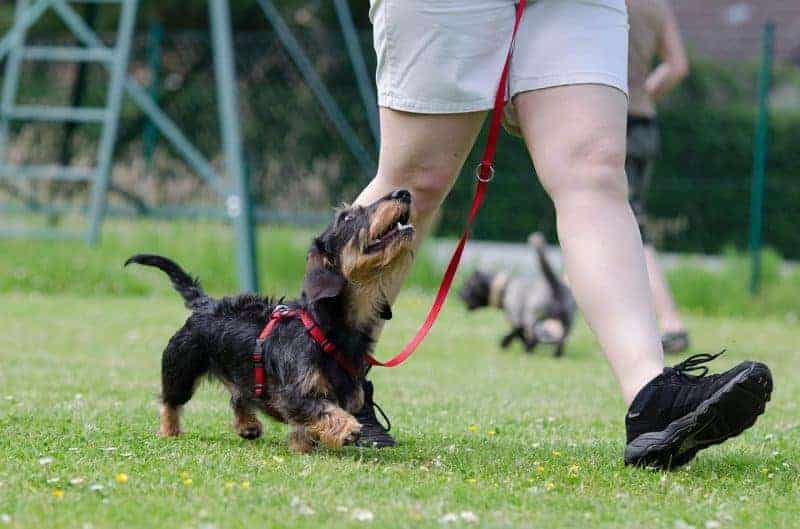
Having now convinced you of the need to train your dog, the next obvious question is; how does one go about doing this? The answer is that there is no right or wrong way to approach training your dog. In fact, which of the plethora of different options is best for you and your pet will depend entirely upon your individual circumstances and the nature of the dog that you hope to train.
If you are opting to teach your dog yourself, then you will need to spend some time beforehand making sure you understand the nuances of dog psychology and how to most efficiently use the punishment/reward cycle that is essential to reinforcing correct behaviour in dogs while discouraging poor behaviour. The rewards can be anything you like, although edible treats for dogs are generally the favoured option. There are even some simple and healthy homemade options you can try that dog’s love!
Professional Trainers

Of course, training a dog yourself is a prospect wrought with difficulties. The best way one can be certain of the effectiveness of a dog’s training is to employ a professional trainer’s services, such as those offered by Dog Harmony, who are the leading trainers in the North West of England. Hiring a professional trainer (in particular a trainer who has the experience and is renowned) means that one can be certain that the training level their dog receives will be the best available. The individual giving the training will have experience with having trained dogs in the past.
For those that can afford it, a professional trainer is certainly the most consistent option. Most trainers will work with both owners and dogs to ensure that the training process still strengthens the bond.
Begin as Soon as You Can

One of the most common mistakes people make when it comes to training their own dog is that they wait too long to begin. Like humans, a dog’s capacity for learning is at its greatest during its early life when it is constantly taking in new information. Training a dog sooner rather than later is also important to reap the full benefits of training them at all. Remember that many of the benefits of training a dog properly lie in long-term rewards. It is definitely more useful to have a dog that can easily be recalled and obeys commands in the short term. Still, it is not as valuable or desirable as the long-term benefits of developing a lasting bond with your pet.
Ideally, training should begin the moment you get home with your pet. Even if you are taking in a rescue dog who is already grown, it is still important to begin training them at the earliest opportunity to ensure the training has maximum effectiveness. Remember that dog training’s objective is always to improve the dog’s behaviour and teach them to respond to specific phrases, so be realistic about the concepts you are expecting your dog to grasp. Some things might have to wait until the dog is older, but things like its name and the most basic commands, such as come here, should be the first things you attempt to familiarise the pet with.
Remember It Is an Ongoing Process

It is also important to remember that training needs to be an ongoing process, and it is no good training your dog to a certain standard if you are then going to let your own standards slip. Be consistent in the commands you use, and make sure that you stick with them. You don’t need to use rewards throughout a dog’s life, but it is a good idea to keep some handy to use occasionally.
This will improve their mood as well as their responsiveness to training. If you train your dog and then neglect to keep up with the commands and practices you have used, your dog will slip too, and any additional obedience will be lost.
Research
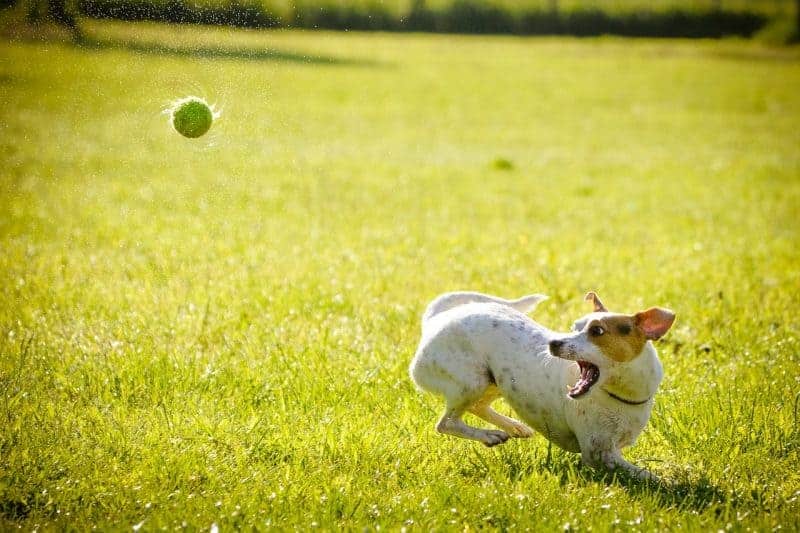
If you plan to train your dog yourself, likely, you have already invested in some form of guidance. There are a huge number of perfect dog training guides available online and in book format. However, you mustn’t just read one of these and blindly follow its advice. Training a dog is as much a personalised experience as teaching a human; different dogs will benefit from different training forms. Therefore, it is a good idea to understand how all the main types of work. Try out different approaches with your dog and stick to whichever seems to be the most effective.
Be Consistent
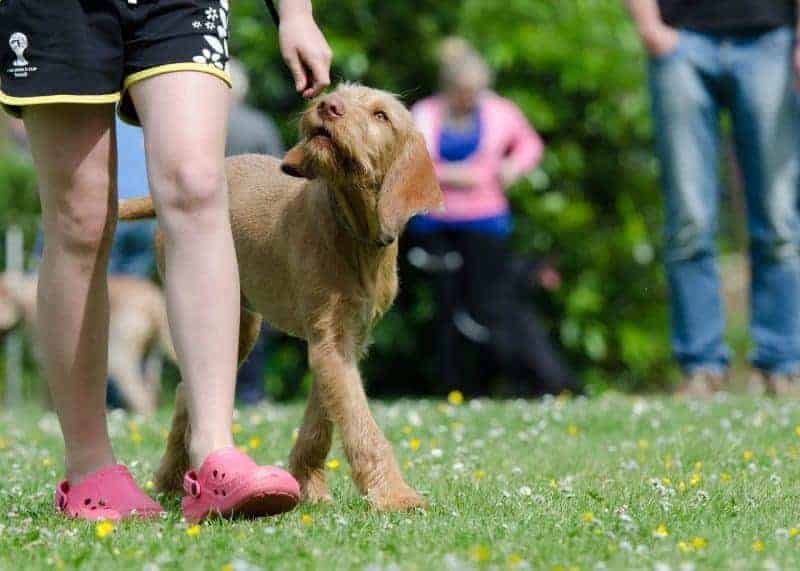
Consistency is an important aspect of dog training; if the commands or body language varies, your dog will naturally have a challenging time understanding you. Conversely, if you make sure to use the same gestures, words, and tone each time you give a command to your dog, you will find that their capacity for retaining information is exceptional.
This applies to all aspects of their training. For example, if you set a rule that the dog isn’t allowed on any of the furniture and then one evening you allow it to curl up on the sofa, you aren’t doing anyone any favours. This one allowed breach of the rules can take some serious time to undo. Another consequence of such an inconsistent approach is that your dog will generally become less trusting of you and consequently much, much harder to train effectively.
Have Patience

It is important to have patience with your animal throughout the training process. It can be incredibly frustrating when your dog doesn’t seem to grasp what is going on, but if you display a lack of patience and understanding, this will negatively impact your dog’s performance and make them more error-prone. You should try and remain as relaxed and composed as you can and remember that your dog is like a baby trying to figure out the connection between your words, its actions, and any reward or punishment that results. This is surprisingly difficult for them to grasp from a conceptual standpoint.
If your dog is struggling, consider moving on to another task for a while and returning to the one causing problems. You may be expecting too much too soon from your dog, in which case it’s a good idea to forget this particular exercise until a better time arises.
Avoid Discipline

While some dog trainers still encourage mild forms of discipline, there is an increasing body of evidence to suggest that discipline is either ineffective or, worse, counterproductive to training efforts. In general, positive reinforcement is far more effective and is much more likely to repeat the correct behaviours than punishment. Leaving punishment out of the mix also helps the bond between owner and pet as the dog will be much more used to being shown respect and good treatment.
There is also some evidence to suggest that overuse of disciplinary techniques can lead to behavioural issues later in the dog’s life. This in itself is a good enough reason to make anyone question the wisdom of adopting the punishment approach.
Timing Is Crucial

In terms of getting in there as quick as you can with training your dog, it is also crucial that any positive reinforcement is offered in the right way and at the right time. Conventional wisdom suggests that the most effective way of achieving this is to have a reward word and a reward set up already. Now, when the dog performs a task well and earns a reward, the owner can use the reward word and then follow it up by administering a reward. This process needs to happen quickly, within a second or two, to ensure effectiveness.
Training your dog properly is not something that will happen easily or quickly, but it is a very worthwhile investment of time and money for any dog owner.
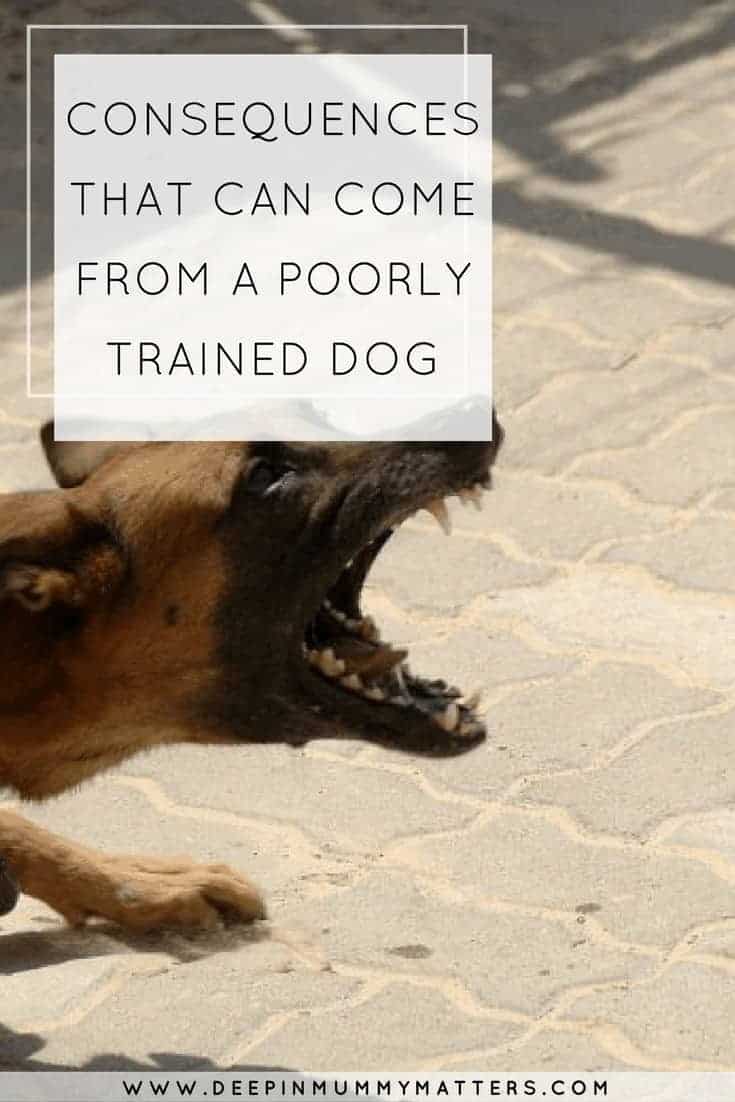


I am forwarding this to a friend who is not putting the time in to train his new puppy. We also got a new puppy rwo weeks after he did and our little girl is behaving so well and training wonderfully. I am not sure why he got a dog if he didn’t intend to put the time into it.
Oh dear, that’s sad to hear; puppies need some direction. I hope they find the article useful.